
The Swainson’s hawk was listed as a threatened species in California in 1983 due to loss of habitat and decreased numbers across the state.
This week, the Delta Conservancy, a California state agency, awarded Environmental Defense Fund (EDF) a grant of $380,000 to implement a habitat enhancement project for the state-listed Swainson’s hawk on Elliott Ranch in West Sacramento, near the Sacramento-San Joaquin Delta. The grant is part of California’s public water bond funding being managed by the Delta Conservancy to restore wildlife habitat in the Central Valley.
The Elliott Ranch project will enhance Swainson’s hawk habitat on 300 acres. Specifically, the project will expand the hawks’ hunting grounds by restoring habitat for their prey and converting existing crops to bird-friendly pasture.
Central to the project will be the use of a habitat quantification tool (HQT) designed by EDF and local stakeholders to evaluate the current quality of habitat for Swainson’s hawk and compare restoration alternatives to optimize habitat outcomes. This will be the first time the HQT will be used as a mechanism to help allocate public funding to the most high value habitat improvements in California.
Improved accounting, improved outcomes Read More










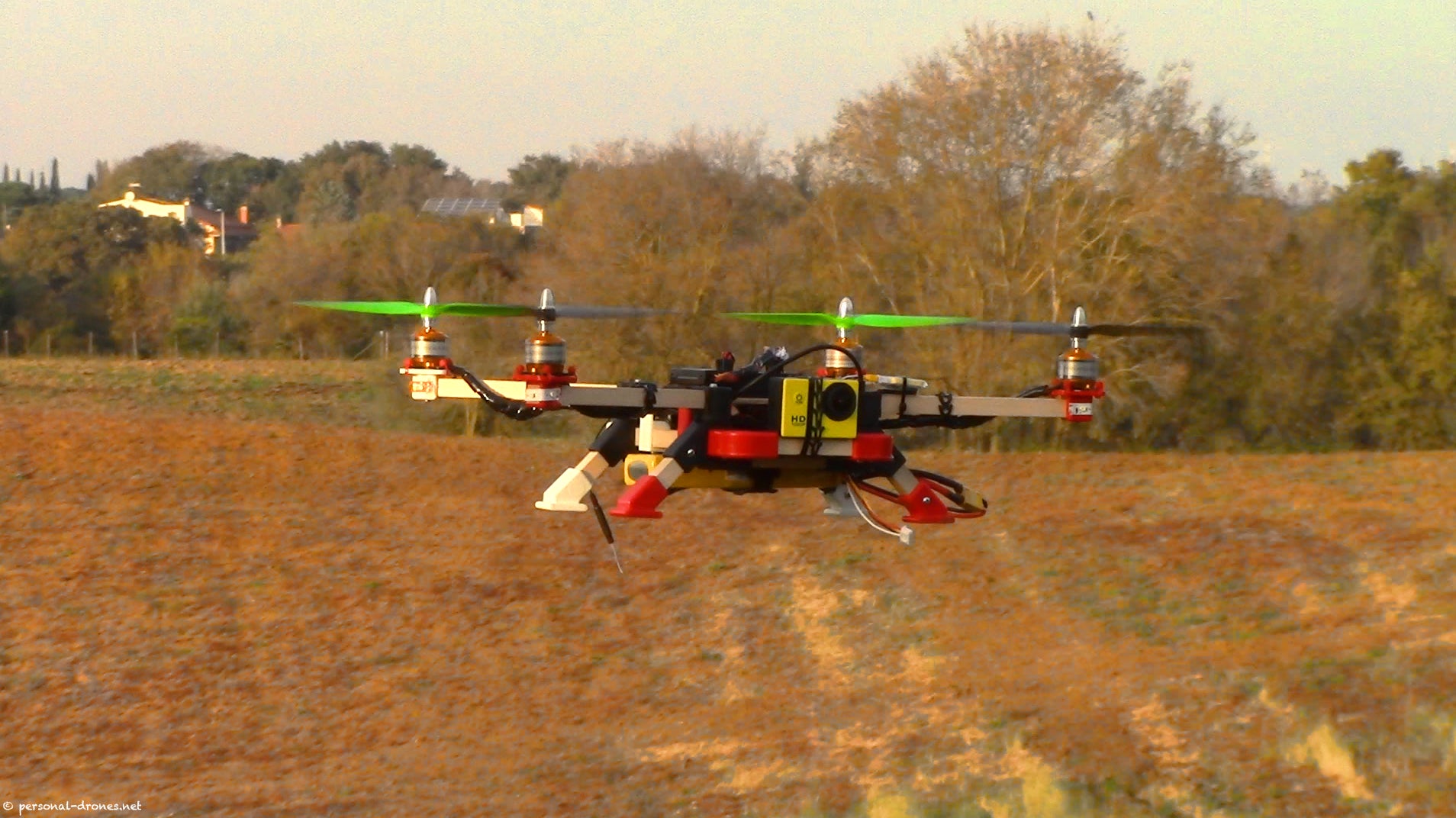
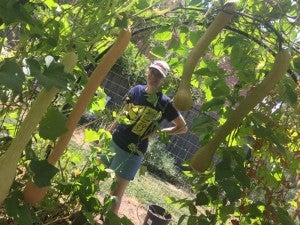
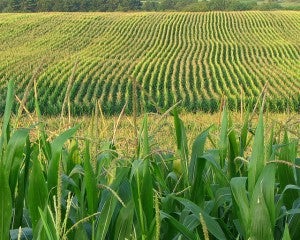 The Paris Climate Agreement included a special emphasis on food security and the threats it faces from extreme weather events. Despite only brief mentions of agriculture in the preamble to the agreement itself, a recent
The Paris Climate Agreement included a special emphasis on food security and the threats it faces from extreme weather events. Despite only brief mentions of agriculture in the preamble to the agreement itself, a recent 
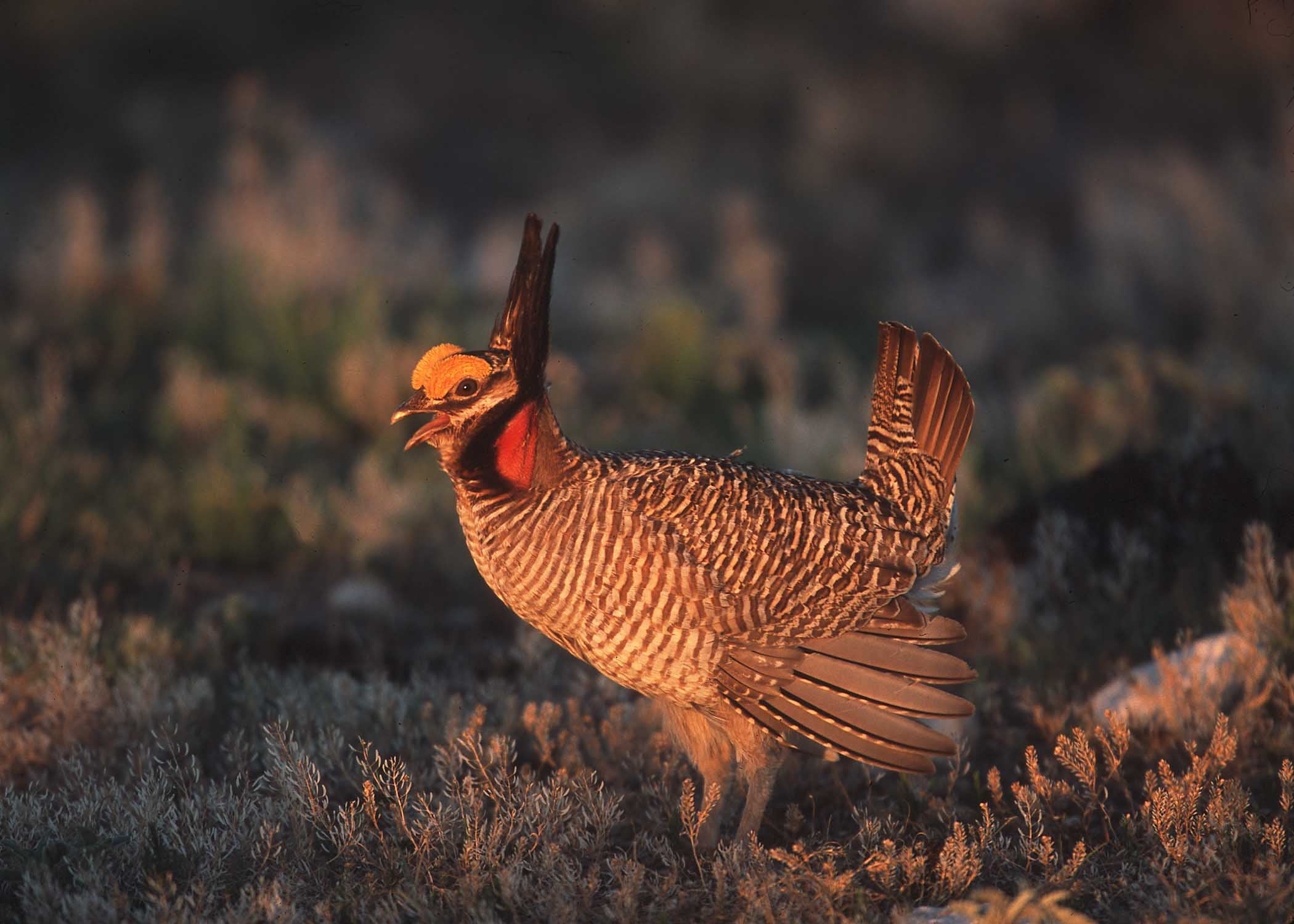
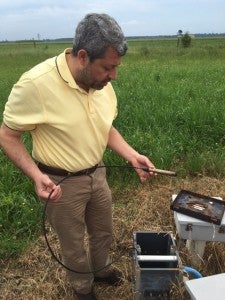
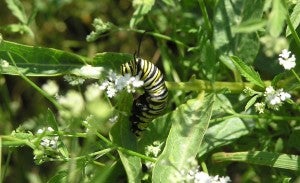
 Over the past decade, private investment in conservation has more than doubled, with sustainable forestry and agriculture investments as the main drivers of growth. This unprecedented expansion in “impact investing” or “
Over the past decade, private investment in conservation has more than doubled, with sustainable forestry and agriculture investments as the main drivers of growth. This unprecedented expansion in “impact investing” or “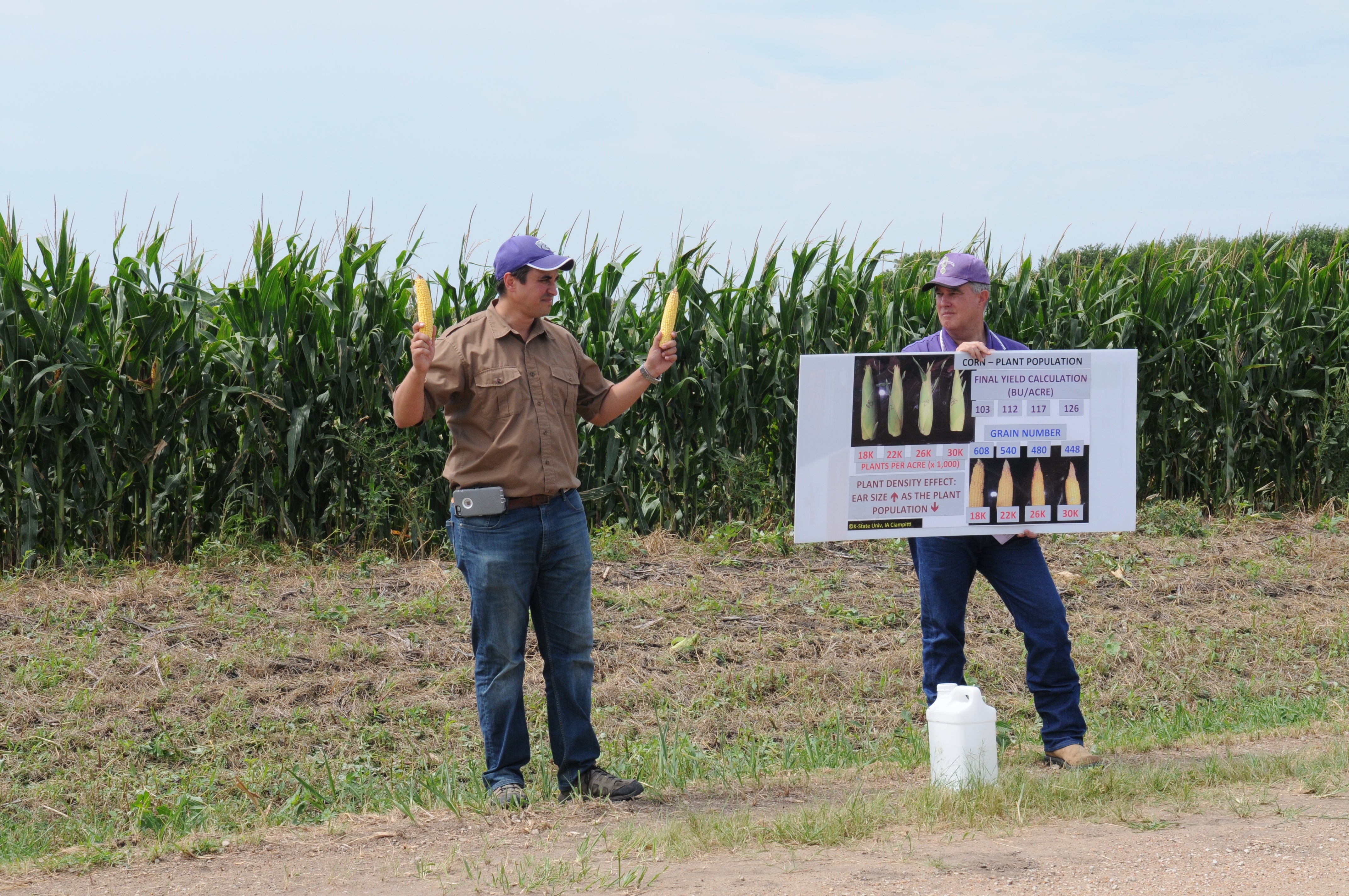 Amidst all the new tools and technologies being developed to make agriculture more sustainable, there is one tried and true method for testing on-site conservation practices that doesn’t get much attention: farmer networks.
Amidst all the new tools and technologies being developed to make agriculture more sustainable, there is one tried and true method for testing on-site conservation practices that doesn’t get much attention: farmer networks.